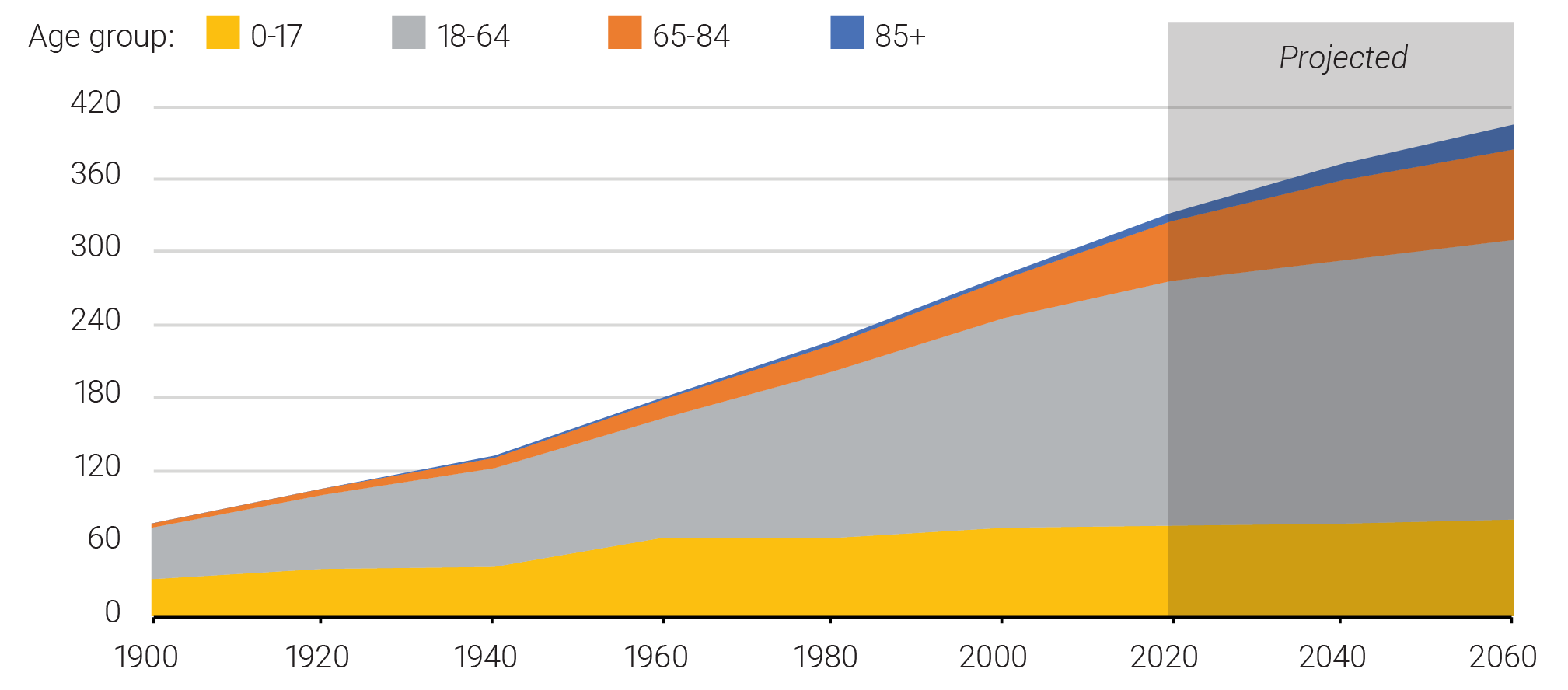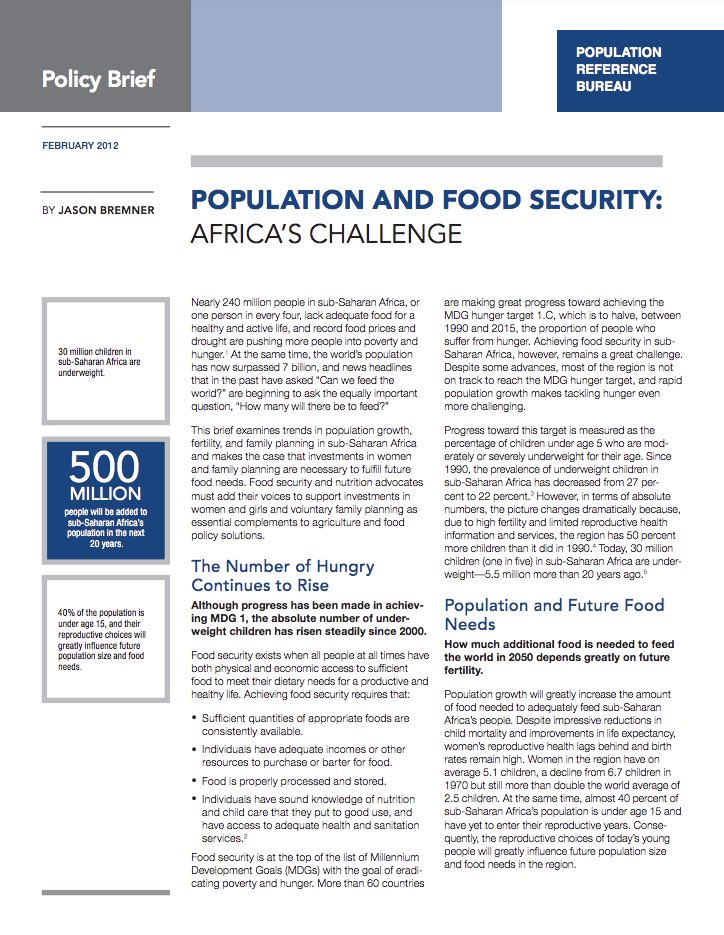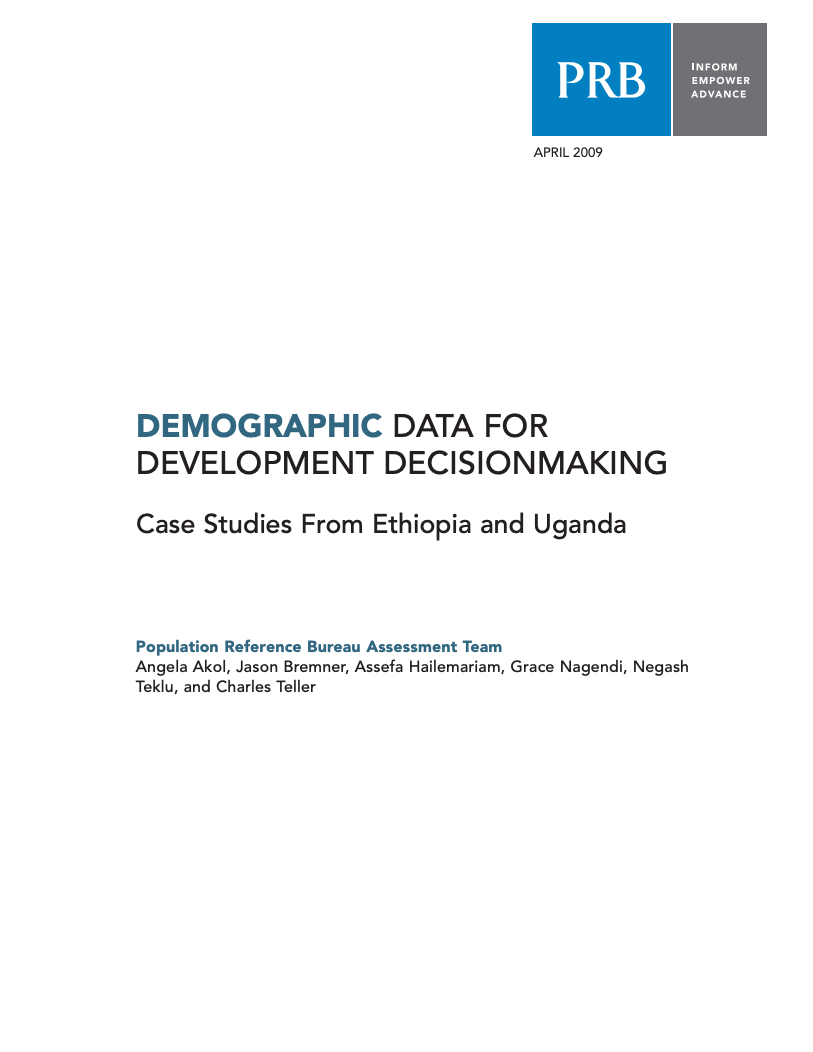Gender and Equity in Access to Health Care Services in the Middle East and North Africa
(2006)The Middle East and North Africa (MENA) region has experienced major improvements in health over the past few decades.1 Today, on average, a girl born in Egypt is expected to live for 72 years—nearly 20 years longer than if she had been born in the early 1970s—owing in large part to a 70 percent improvement in infant mortality rates over the same time period.




